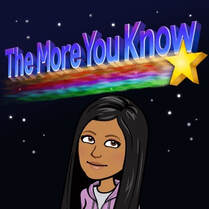THE TECHNOLOGY OF TRAVEL
Bringing Together Systems of Knowledge

We’re going on a journey together. What vehicle should we take? There are so many options of different modes of travel for us to choose between. All vehicles have something similar – all created using a combination of Science, Technology, Engineering, Arts and Math (STEAM). Sometimes, though, different forms of STEAM are made invisible. Western education tends to teach us to only see particular forms of STEAM, for example, a rocket is seen as based on science and technology. But what about a canoe? Is this built using STEAM too? YES!
What we want to do is look to Indigenous Knowledge Systems to see all the knowledges held there. Our goal is to help us to learn how to recognize and make visible Indigenous science and technologies. Then, we go a step further to ask ‘what happens when we bring two, or multiple, knowledge systems together? In this section we will go on a virtual and intellectual journey together to consider these questions. So, grab a paddle, buckle up, and let’s learn together!
What we want to do is look to Indigenous Knowledge Systems to see all the knowledges held there. Our goal is to help us to learn how to recognize and make visible Indigenous science and technologies. Then, we go a step further to ask ‘what happens when we bring two, or multiple, knowledge systems together? In this section we will go on a virtual and intellectual journey together to consider these questions. So, grab a paddle, buckle up, and let’s learn together!
|
Let's go visit Dr. Juan Carlos Chavez, who works with NASA, in his classroom to continue on our learning journey!
Here you will learn about: * the engineering design process * how Indigenous knowledge systems also utilize the engineering design process * examples of Ojibway and Maori traditional canoes * experimenting with canoes and rockets |
|
CLICK ON THE ARROWS BELOW TO ADVANCE THE SLIDES
|
Proudly powered by Weebly

